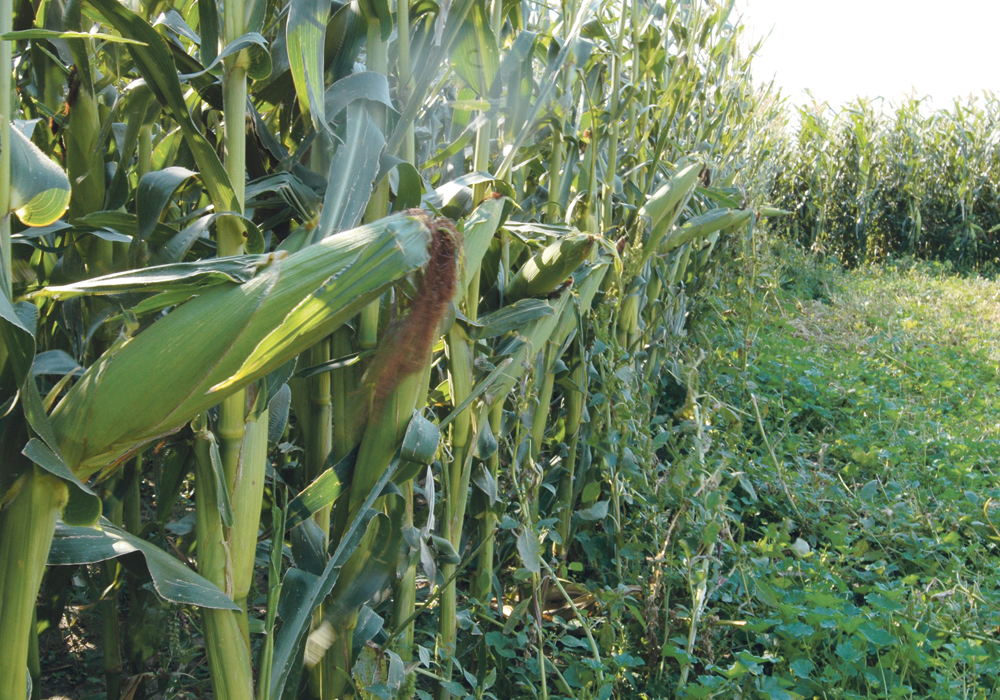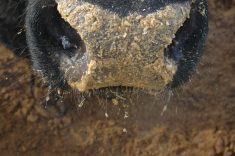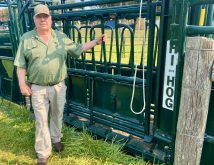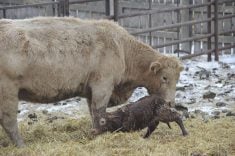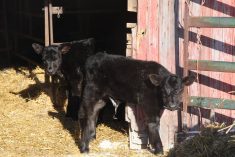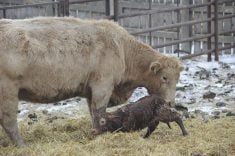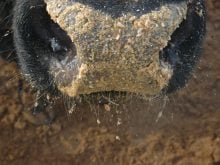Intercropping corn for grazing in late fall and early winter is the focus of a multidisciplinary research project at the University of Manitoba.
“This idea is not unique to us here in the Prairies, but we need to evaluate and adapt it for our short growing season,” said Yvonne Lawley, assistant professor of agronomy and cropping systems in the plant science department.
Having plants available to cattle in addition to corn can be beneficial, especially for protein content.
“Corn is high in energy but low in protein,” said Emma McGeough, associate professor in the department of animal science. “For mature beef cows, the lower protein is less of an issue, but when the weather gets really cold their nutrient needs increase. Things like intercropping corn can potentially meet these nutrient demands and maintain high levels of productivity in late fall/early winter.”
Read Also

Beef cattle more prone to trace mineral deficiencies
The trace mineral status of our cows and calves is a significant challenge for western Canadian producers and veterinarians.
The research project began in 2021 and the response of crops and forages to drought was an important factor.
“In 2022 we will be expanding the study with a number of small plot experiments on multiple sites in Manitoba, Saskatchewan and Alberta,” said McGeough. “This will allow us to evaluate performance of intercropped corn across a range of ecoregions varying in precipitation, soils and other environmental factors.”
She said researchers are also considering agronomic factors and management of the crop to determine best practices for growing and grazing.
Lawley said plot trials will test timing of establishment, which also ties into feed management, as well as corn row spacing.
“In the U.S. there have been several researchers looking at wide-row corn, grown on 60-inch rows. We are interested in exploring that concept here in the Prairies where we have drier conditions and shorter growing seasons,” Lawley said.
A large-scale grazing trial is planned, as is an economic analysis of profitability and competitiveness.
McGeough said the animal trial will measure forage quality, animal performance, feed intake, rumen efficiency and nitrogen status of the animal.
“Weight gain is obviously one of the most important things, so we’ll evaluate many of the contributing factors to identify the most promising intercropped treatments.”
Corn is tall and can serve as a windbreak, an added benefit to its feed value. Blocking the wind as the animals are grazing can enable them to keep eating on windy days and reduce the amount of nutrients needed to keep warm in cold weather.
Producers who use corn generally strip graze it using portable electric fence. This limits overeating on the ears, which can cause acidosis in cattle.
“Some people who graze corn supplement it with bales of perennial forage to provide more protein, so this project will hopefully reduce the need for practices like that because we are growing the protein between the rows,” said McGeough.
“This is why the economic analysis will be very important. It will give us the actual costs associated with this type of grazing, which we can compare to other more traditional methods of winter feeding.”

